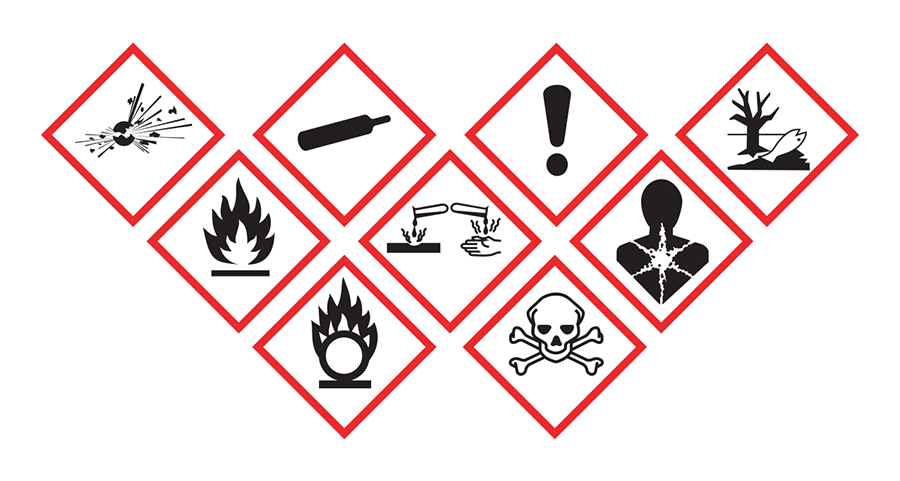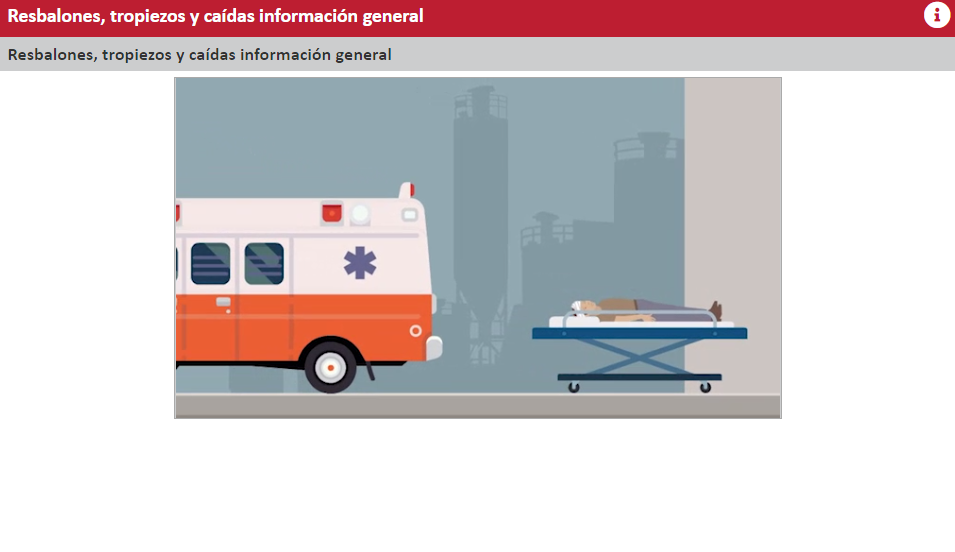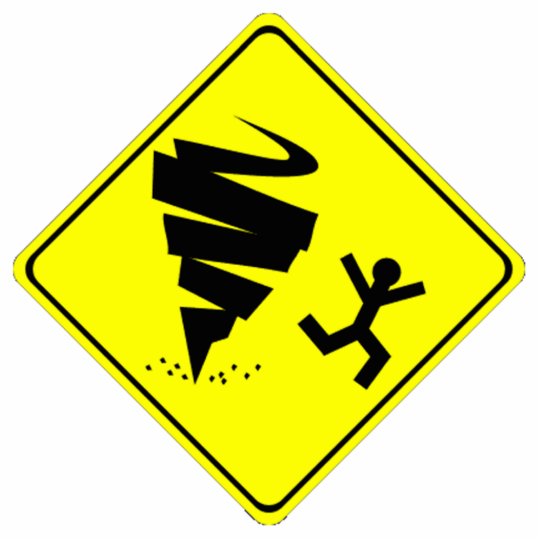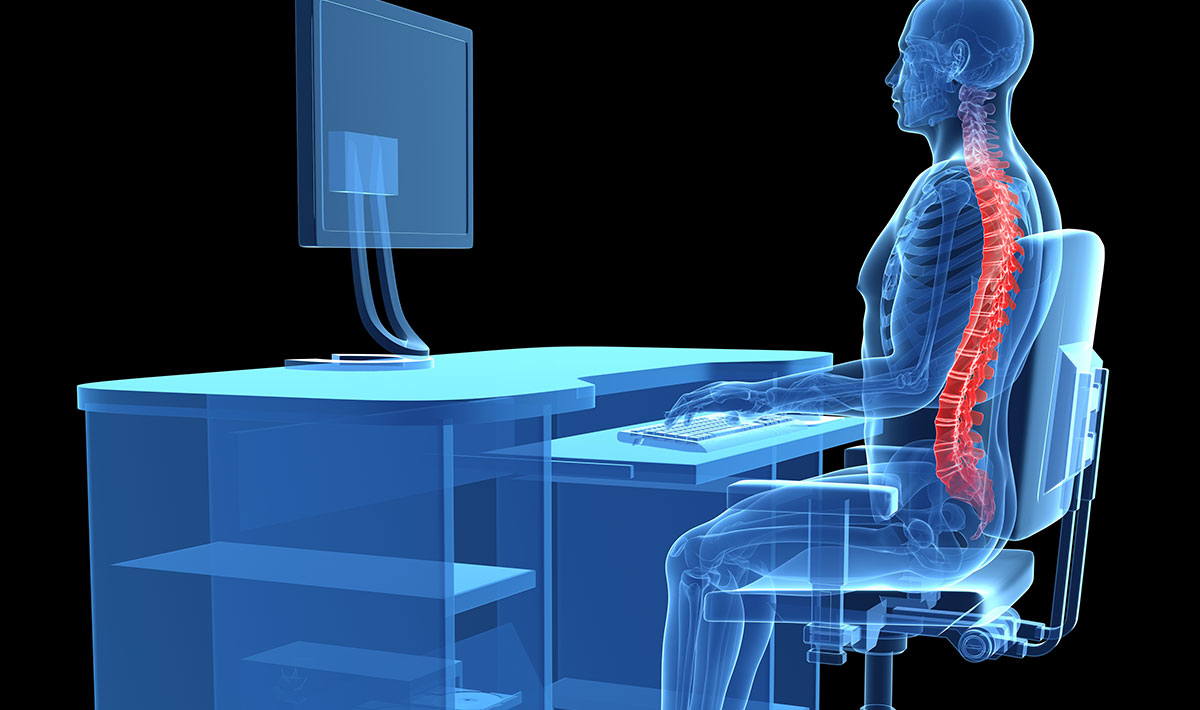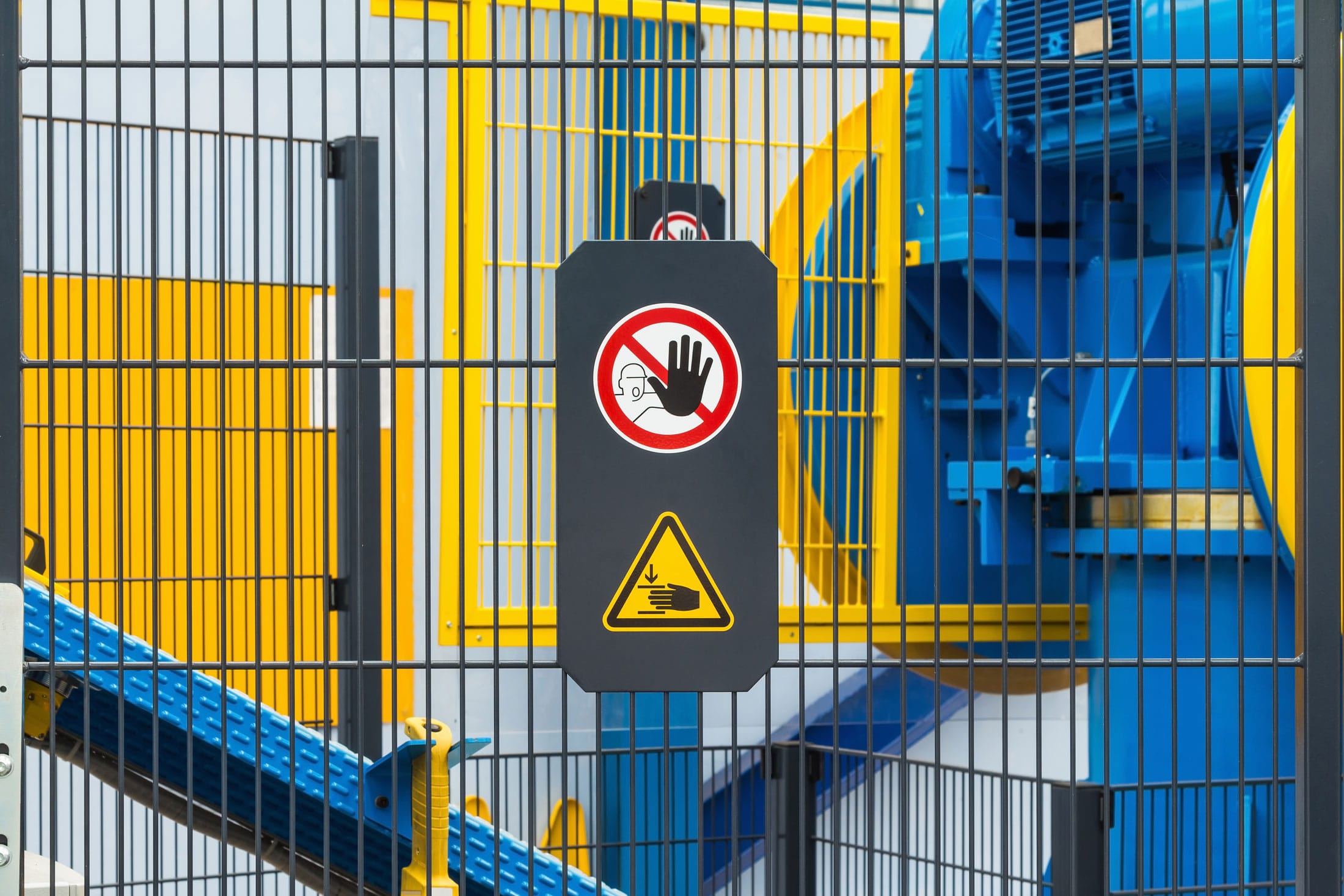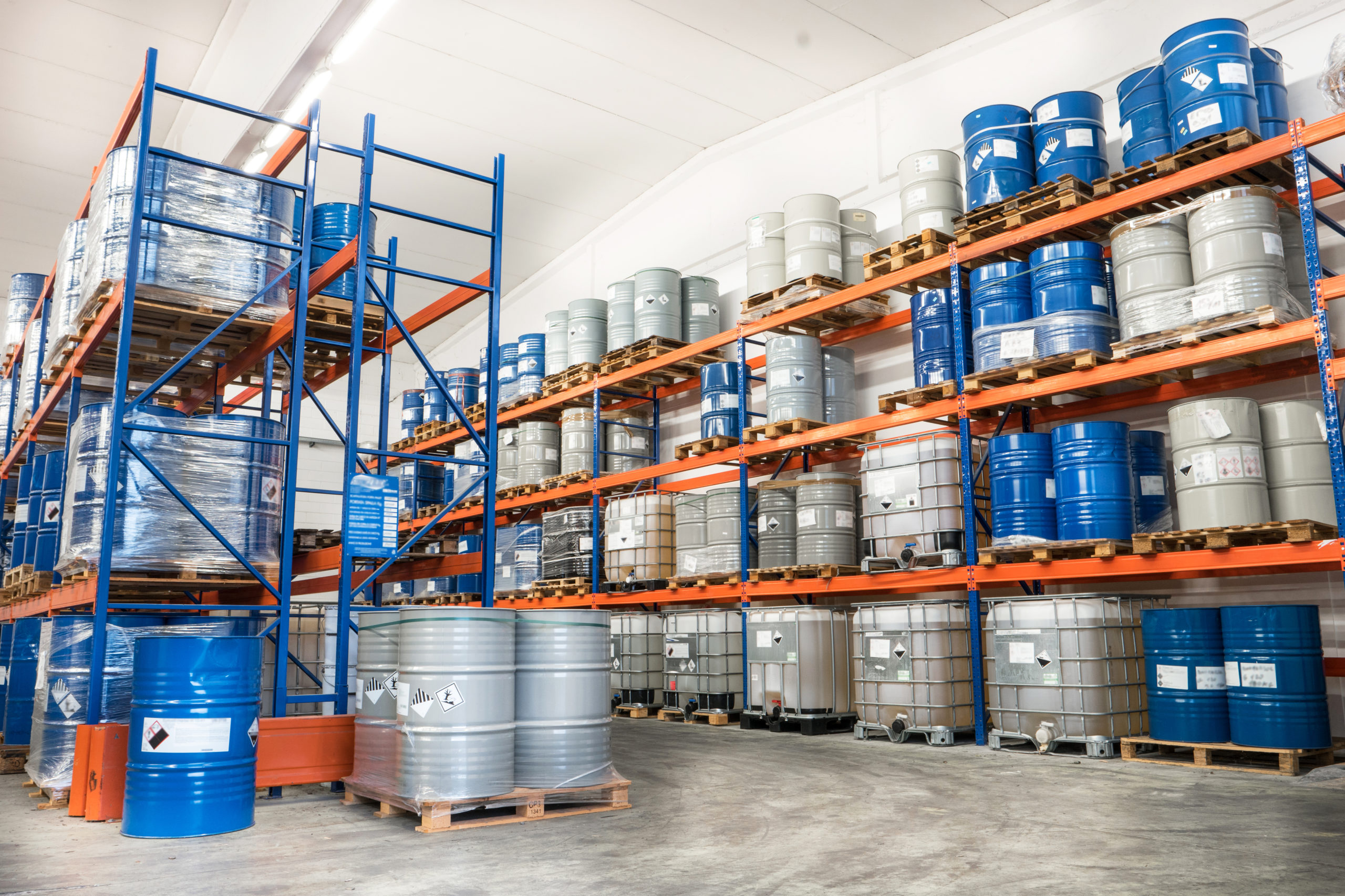-

 All employers covered by the Act are regulated by Part 1904 regulations. However, businesses with 10 or fewer employees and businesses with certain industry classifications are partially exempt from keeping OSHA injury and illness records, unless OSHA or the Bureau of Labor Statistics notifies them in writing that they must do so. All employers covered by OSHA—no matter the number of employees or industry classification—must report to OSHA any workplace incident that results in a fatality or the hospitalization of three or more employees.
All employers covered by the Act are regulated by Part 1904 regulations. However, businesses with 10 or fewer employees and businesses with certain industry classifications are partially exempt from keeping OSHA injury and illness records, unless OSHA or the Bureau of Labor Statistics notifies them in writing that they must do so. All employers covered by OSHA—no matter the number of employees or industry classification—must report to OSHA any workplace incident that results in a fatality or the hospitalization of three or more employees. -
 The best way to stay safe during winter driving conditions is to avoid them altogether. If it’s possible for you to avoid driving in the snow and ice, stay put. But hunkering down isn’t always an option. If you have to hit the road when it’s snowy, icy, or wet, make sure both you and your car are prepared for safe winter driving.
The best way to stay safe during winter driving conditions is to avoid them altogether. If it’s possible for you to avoid driving in the snow and ice, stay put. But hunkering down isn’t always an option. If you have to hit the road when it’s snowy, icy, or wet, make sure both you and your car are prepared for safe winter driving. -

 Recent statistics from the Congressional Accountability Office of Compliance indicate that employee falls are private industry’s third leading cause of workplace fatalities. Around 600 workers die from a fatal slip, trip, or fall, each year. This overview of slips, trips, and falls helps reinforce good behaviors for workers on how and where to avoid areas where these hazards can reside.
Recent statistics from the Congressional Accountability Office of Compliance indicate that employee falls are private industry’s third leading cause of workplace fatalities. Around 600 workers die from a fatal slip, trip, or fall, each year. This overview of slips, trips, and falls helps reinforce good behaviors for workers on how and where to avoid areas where these hazards can reside. -
 This lesson is designed as an intro/refresher to our Silica Hazards course in order to improve the safety of workers in environments where silica exposure hazards exist by increasing employee awareness of this hazard and by demonstrating how the hazard can be recognized and addressed in the workplace.
This lesson is designed as an intro/refresher to our Silica Hazards course in order to improve the safety of workers in environments where silica exposure hazards exist by increasing employee awareness of this hazard and by demonstrating how the hazard can be recognized and addressed in the workplace. -
 The goal of this lesson is to teach workers the purpose of respirators and the preparations, maintenance and storage requirements. Workers will also learn when it is permissible to leave a respirator use area, the warning signs that a respirator is not functioning properly, and how respirator emergencies and malfunctions should be handled.
The goal of this lesson is to teach workers the purpose of respirators and the preparations, maintenance and storage requirements. Workers will also learn when it is permissible to leave a respirator use area, the warning signs that a respirator is not functioning properly, and how respirator emergencies and malfunctions should be handled. -

 The goal of the lesson is make employees aware of the primary objective of process safety management: to prevent unwanted releases of highly hazardous chemicals into locations that expose employees and others to serious hazards, and to provide an overview of the standards and best practices necessary to achieve that objective.
The goal of the lesson is make employees aware of the primary objective of process safety management: to prevent unwanted releases of highly hazardous chemicals into locations that expose employees and others to serious hazards, and to provide an overview of the standards and best practices necessary to achieve that objective. -
 In this lesson, you will learn about the most-common vector-borne diseases and how you can avoid exposure and infection. You will learn general treatment guidelines; however, any treatment-related information provided in this lesson does not constitute medical advice and is not a substitute for evaluation by a qualified healthcare professional.
In this lesson, you will learn about the most-common vector-borne diseases and how you can avoid exposure and infection. You will learn general treatment guidelines; however, any treatment-related information provided in this lesson does not constitute medical advice and is not a substitute for evaluation by a qualified healthcare professional. -

 This Lock and Tag lesson creates awareness about the purpose of lock and tag procedures and employee roles and responsibilities related to lock and tag requirements. The lesson provides an overview of the hazards of uncontrolled energy sources and employer responsibilities and requirements for lock and tag. It also briefly outlines steps to protect workers.
This Lock and Tag lesson creates awareness about the purpose of lock and tag procedures and employee roles and responsibilities related to lock and tag requirements. The lesson provides an overview of the hazards of uncontrolled energy sources and employer responsibilities and requirements for lock and tag. It also briefly outlines steps to protect workers. -

 As simple as using a ladder seems to be, the injury statistics indicate that it is one of the most abused tools we have. Accidents, particularly in the domestic setting, are frequently caused by overreaching or overextending from ladders to complete certain tasks, rather than doing the safe thing—climbing down and moving to a better access point. OSHA studies have shown that 100% of ladder related accidents could have been prevented using proper safety. The goal of this lesson is to provide awareness-level instruction on ladder hazards, safe use requirements, and best practices for all employees.
As simple as using a ladder seems to be, the injury statistics indicate that it is one of the most abused tools we have. Accidents, particularly in the domestic setting, are frequently caused by overreaching or overextending from ladders to complete certain tasks, rather than doing the safe thing—climbing down and moving to a better access point. OSHA studies have shown that 100% of ladder related accidents could have been prevented using proper safety. The goal of this lesson is to provide awareness-level instruction on ladder hazards, safe use requirements, and best practices for all employees. -
 According to the National Federation of Independent Businesses defines ideal safety accountability as the following:
According to the National Federation of Independent Businesses defines ideal safety accountability as the following:- Ideal accountability
- Companies that strive for optimal safety performance display the highest level of organizational safety accountability











